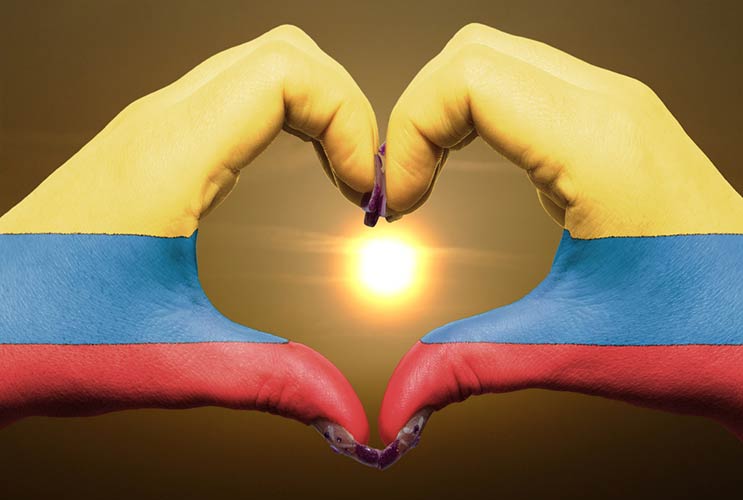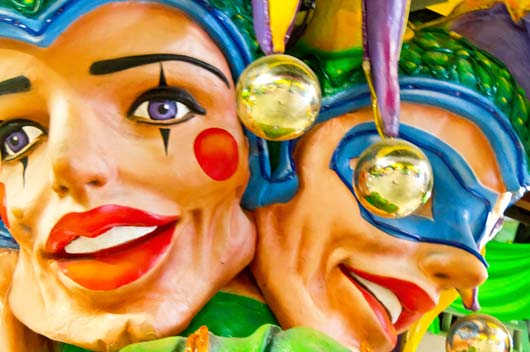
If you’re headed to Mardi Gras this year in New Orleans you probably already know that the most popular time to visit is the extended weekend beforehand (February 13- 17). Mardi Gras, or “Fat Tuesday (February 17)” is actually the last day of the Carnival season and it always falls the day before Ash Wednesday. Get there early and you’ll be sure to catch the most popular parades, like Endymion, Bacchus, Zulu, Rex and all of the festive celebrations throughout the whole city. Though Mardi Gras traditions and celebrations in older times were marked by masked balls, lavish dinners, and wild street parties, today’s festivities conjures up images of plain ol’ debauchery full of beads, booze and breasts.
But its fans and experts still insist there is still plenty of culture, history, religion, and food to be explored. According to the Washington Post’s Jordan Flaherty, “The popular depictions of Mardi Gras evoke a city-wide fraternity party where drunken young women flash their breasts in exchange for trinkets. This transaction does indeed occur near the Bourbon Street strip clubs. But for locals, and visitors who look below the surface and venture deeper into the real New Orleans, the Carnival experience is entirely different—and far removed from the stereotypes that have shaped outsiders’ perception of this holiday.” Before the Mardi Gras season comes to a close here are 15 things you may not know about this pre-Lenten festival.
1. Origins
One of many interesting Mardi Gras facts is that it can be traced all the way back to ancient Greece and Rome, when early Christians with Pagan roots feasted ahead of the somber days of Lent. In France it became known as Fat Tuesday because of the tradition of a pre-Lent feast of eggs, milk, cheese, and meat, which meant plumping up for many.
Read Related: Brazil Carnival: A Brief History of Awesomeness
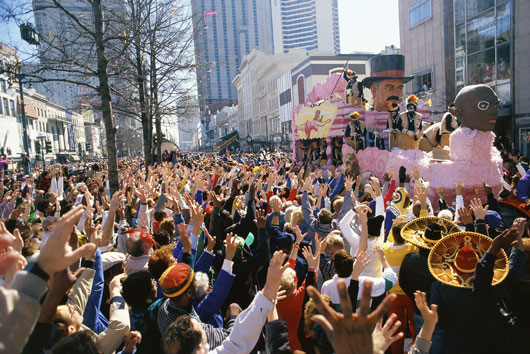
2. Official Holiday
Mardi Gras only became an official holiday in 1582, when Pope Gregory XIII placed it on his Gregorian calendar on the day before Ash Wednesday.
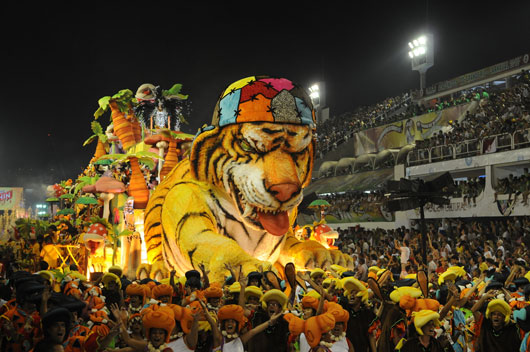
3. AKA Carnival
Mardi Gras is also known as “carnival” and is celebrated across the globe—predominantly those with large Roman Catholic populations in Europe and Latin America. Some of the more famous celebrations occur in Brazil, Mexico, Trinidad and Tobago, France, and Germany.
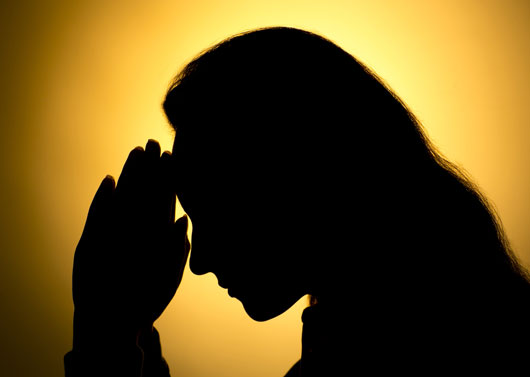
4. Shrove Tuesday
Did you know that another name for Mardi Gras is “Shrove Tuesday.” The word “shrove” comes from the “shrive,” which means “to confess.” Going to confession is an unofficial practice of Catholics prior to Lent.
5. Its History of Excess
It was much easier for the Catholics to incorporate the rowdy Roman festivals of Saturnalia and Lupercalia into the new faith, than abolish them completely. So, the debauchery and excess of Carnival became a prelude to the 40 days of penance between Ash Wednesday and Easter Sunday.

6. First U.S. Mardi Gras in Alabama
The first Mardi Gras celebration in the U.S. was actually in Mobile, Alabama in 1703. As CNN reports, it is believed to have arrived on March 3, 1699, when the French-Canadian explorer Pierre Le Moyne d’Iberville camped about 60 miles downriver from the future site of New Orleans. Knowing it was Fat Tuesday in France, Iberville named the spot Point du Mardi Gras and held a small fete.
7. Spanish Party Poopers
Though the Spaniards temporarily banned the crazy party that was Mardi Gras under their rule, luckily the custom was revived when Louisiana became a U.S. state in 1812.

8. Wearing Masks
Beginning in 1823, New Orleans’ Creole population tried to convince the governor to permit masked balls. By 1827, wearing a mask in the street was legalized in New Orleans. Today it’s only legal to wear a mask on Mardi Gras day.
9. New Orleans’ Start of the Parade
The first U.S. Mardi Gras parade was supposedly in 1827 via a group of students recreating what they saw in Paris. The first organized Mardi Gras parade on record in New Orleans was in 1837. A secret society of New Orleans businessmen called the Mistick Krewe of Comus organized a torch-lit Mardi Gras procession with marching bands and rolling floats.
10. Krewe life
When it comes to Mardi Gras traditions, Rex is one of the oldest Mardi Gras krewes (social clubs) participating in the parades since 1872. They’ve remained a fixture and include not only black krewes with histories dating from early in the century, but also gay krewes as well.
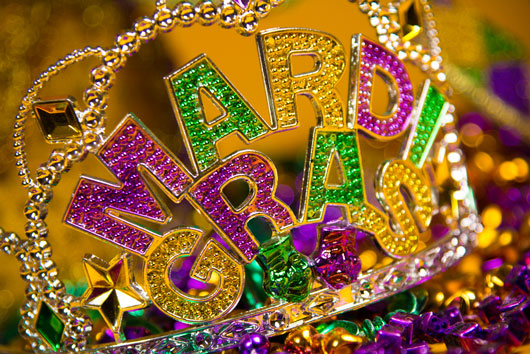
11. Colors
Rex, one of the oldest Mardi Gras krewes, established purple, gold and green as the iconic Mardi Gras colors. The carnival king in 1872 selected those colors based on their associated meaning: Purple (justice), gold (power) and green (faith).

12. King and Queens for a Day
In 1872 the Russian grand duke Alexis Romanoff visited New Orleans at Mardi Gras. The Rex krewe hosted the parade and appointed a “king for the day” so that the grand duke could have a royal reception. Since then, naming kings and queens has become a tradition.
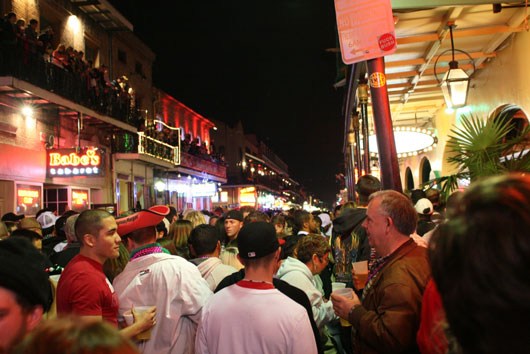
13. Legal Holiday
Louisiana is the only state in which Mardi Gras is a legal holiday. Though there are plenty of festivities with big crowds in other parts of the U.S. during Mardi Gras, including Alabama and Mississippi.
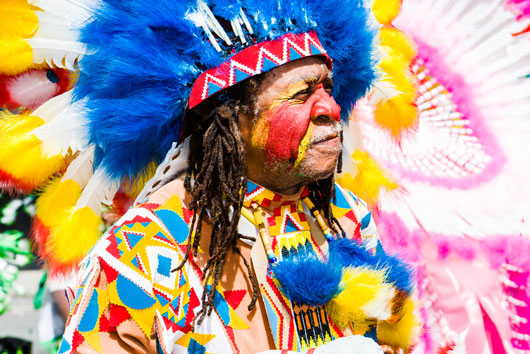
14. Mardi Gras Indians
These so-called “Indians” are African Americans who dress in elaborate headdresses and costumes for the celebrations. As USA Today reports, the origins of the Mardi Gras Indians are contested: One theory is it grew out of black people’s respect for Native Americans, the other is they were inspired by Buffalo Bill’s Wild West show in 1884.
15. Party Cancelled
Another of the interesting Mardi Gras facts is that it has only been canceled about a dozen times, typically for disease (yellow fever in the late 1870s) or conflict (the Civil War and both World Wars). Despite Hurricane Katrina’s devastation in 2005, Mardi was not cancelled; the show went on.

